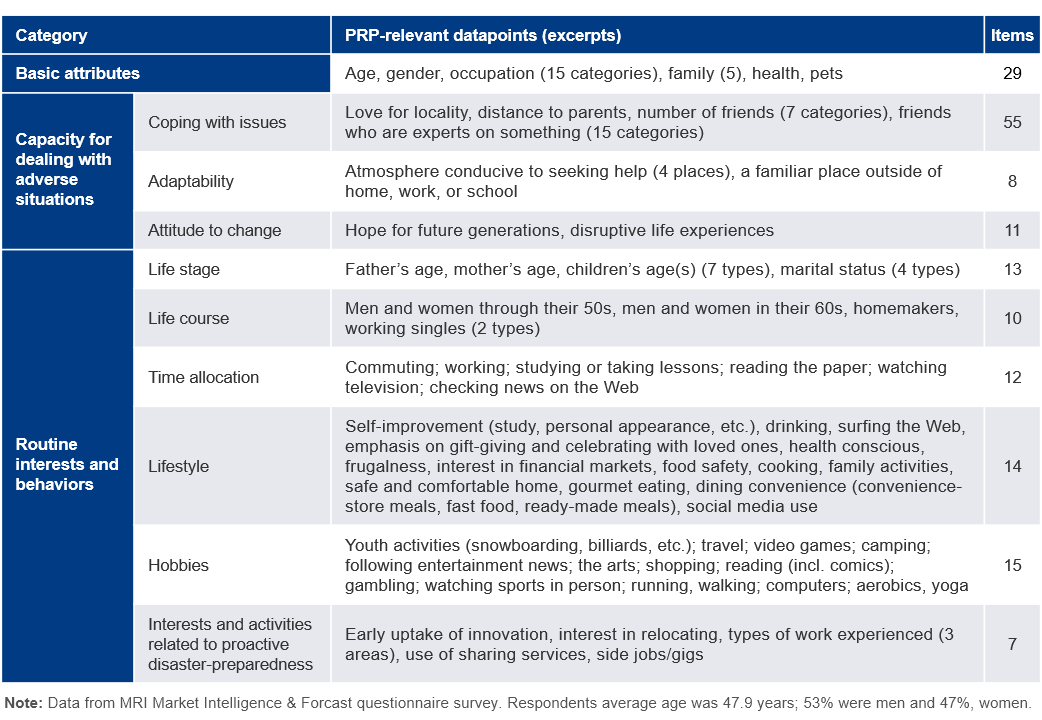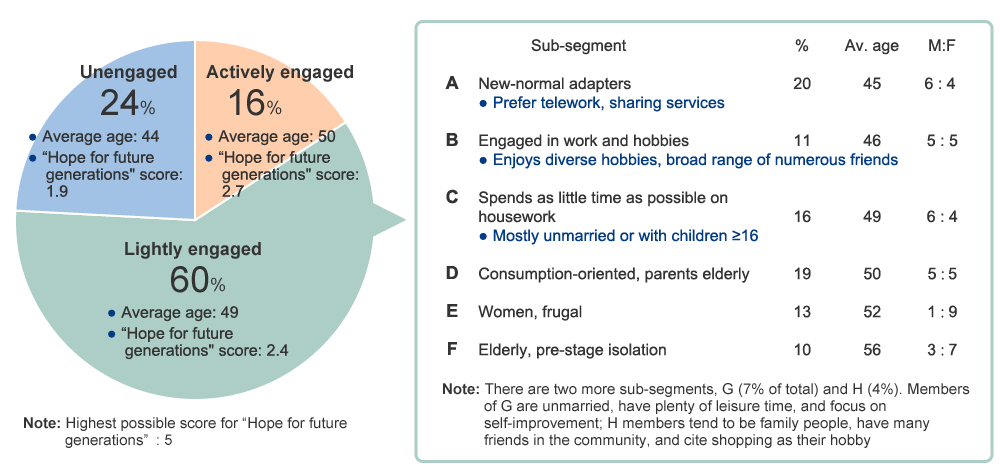There is a number of ways PRPs can be put to work in the real world. They can be put to work as a communication tool in public–private–civic collaborations to create new services in the disaster-mitigation and other public-policy domains.
Examples of this kind include Yokoze-machi, Saitama’s Yoko-lab* and Amsterdam (NL)’s Amsterdam Rainproof†, a platform for countering post-downpour water damage4 . But as far as we are aware, there are none that draw on data about how ordinary citizens live such as that which can be won from PRPs and their insights into the role personal initiative can play.
Meanwhile, some care is warranted when utilizing PRPs in the public-policy domain. The more diverse a population, the more diverse the design of the needed services will inevitably have to be. Thus, if the private sector’s response were only piecemeal—i.e., service providers did only the minimum they have to do—though a service might enhance the disaster resilience of a small part of the population, it wouldn’t be able to effect a change throughout a locality.
There are two things to emphasize so pitfalls can be avoided. First, a neutral and big-picture pre-analysis study by the municipality or some other public organization is essential.
Specifically, planners need to clarify which problems they want people to take disaster mitigation action for and how many they want to take them, and then identify how much in public resources the actions will free up for other uses. Analysis to this end is possible by gleaning the needed information from publicly available government data and academic papers.
Planners must then design a preliminary plan for service specifics and list potential collaborators among companies and experts capable of realizing the plan. PRPs are effective for curating content and resources like this.
Next, a mechanism for providing individual feedback to service developers and providers is desirable. The feedback should quantitatively demonstrate how much the services and actions have helped free up public resources. Society’s recognition and rewarding of these altruistic contributions will motivate individuals to engage in helpful behaviors, enhance the social value of the businesses involved, and thereby make society as a whole that much more resilient.
During the hundred years since the Great Kantō Earthquake, Japan has enhanced its ability to withstand disasters by developing and deploying ever better civil and disaster-mitigation engineering. But despite those improvements, the country is plagued by ever more, non-engineering vulnerabilities resulting from social change.
The time has come for us to do everything in our power to draw a line under this seemingly endless situation. Government, businesses, and the general citizenry—including those in non–disaster-mitigation fields—need to work together to incentivize individual, everyday actions that will improve society’s disaster resilience.


